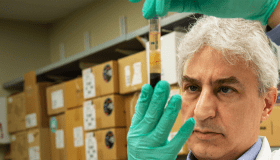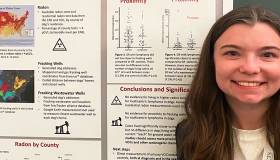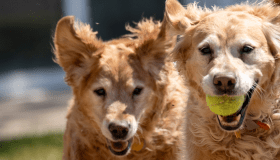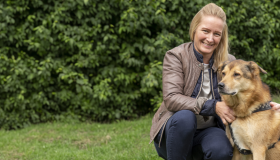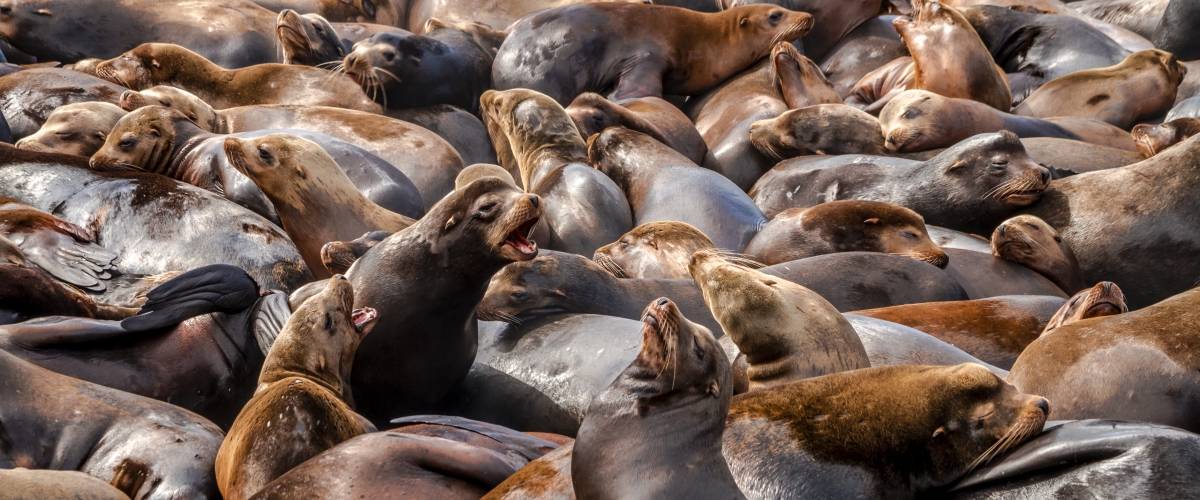
May 25, 2017 – It all started with a photograph. In 1996, a Dutch wildlife photographer on the island of Tasmania snapped pictures of what appeared to be deformed faces on Tasmanian devils, a marsupial found in the wild only on this Australian island. Research by wildlife officials revealed a startling finding: the Tasmanian devil population was being rapidly decimated by a new type of infectious cancer.
More than two decades after the discovery of Tasmanian facial tumor disease, the Tasmanian devil is on the verge of extinction, with some areas reporting a 95 percent decrease in their population. But there is hope. Researchers have learned more about how this cancer behaves, recently identifying a second type of transmissible devil facial tumor. This new information has laid the groundwork so that new treatments and preventions can be developed to help save these iconic marsupials.
Cancer research means finding answers in time to help animals
When considering issues affecting wildlife health, cancer doesn’t immediately come to mind. However, cancer is a problem for many wild animals and poses unique challenges for wildlife biologists, veterinarians and conservationists – some of which can be addressed through comparative oncology; when what we learn about cancer in one species has application to cancer in another species.
Dr. Matthew Breen, Professor of Genomics at North Carolina State University and a Morris Animal Foundation-funded researcher, and Dr. Frances Gulland, Senior Scientist at the Marine Mammal Center, were funded by the Foundation to study cancer in sea lions.
“By considering the changes that are occurring in the genomes of multiple species – including human, dog and sea lion – we aim to identify changes shared between species and thus are closely associated with cancers,” said Dr. Breen. “With this approach, each species effectively acts as a data filter for the other species, leading to a reduction in the number of genes we need to subsequently evaluate.”
This process of comparative oncology, notes Dr. Breen, is a very efficient means to accelerate cancer gene discovery, which in turn may lead to faster paths to the development of better cancer therapies for numerous species – including endangered species.
Wildlife cancer studies impact human and companion animal cancer research
This sentiment is echoed by Dr. Mark Stetter, Diplomate of the American College of Zoological Medicine, and Dean of Colorado State University’s College of Veterinary Medicine and Biomedical Sciences.
“Many wildlife species have played important roles in cancer research; for example, one of the first virus-induced cancers studied was in wild frog populations,” said Dr. Stetter.
Understanding cancer in wildlife takes on a special urgency in endangered species; even once plentiful species, such as the Tasmanian devil, can find their numbers rapidly declining when cancer strikes. Morris Animal Foundation is determined to protect the health of all animals by finding treatments and cures for cancer. Species as diverse as koalas, tenrecs and Catalina Island foxes have been the subjects of some of the Foundation’s more recent wildlife cancer studies. With the support of our generous donors, the Foundation is helping researchers around the world find solutions for not only our pets but for multiple wildlife species impacted by cancer.

